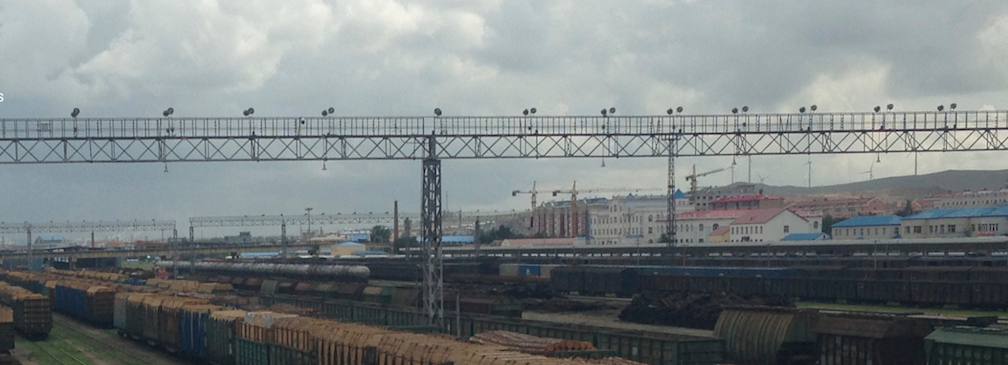
Manzhouli and Zabaikalsk are border railway cities located right on the Russia-China border along the Transsiberian railway. Former military stronghold and nowadays a smuggler’s paradise, Manzhouli became China’s busiest ‘land port of entry’ (口岸), accounting for nearly 65% of all continental freight from China to Europe. Designated as an international border trade center with Russia and neighboring Mongolia, Manzhouli became a façade of China’s modernity and consumption culture in North Asia, which contrasts sharply with the sleepy dullness of stagnant Russian Zabaikalsk. The kaleidoscopic mixture of the Chinese wholesale traders and Russian ‘suitcase’ tourists (челноки) with their dubious trade practices, predatory custom officials and supposedly patriotically minded border control personnel – all form here a distinctive and unique multiracial, multiethnic and multilingual border society operating between Manzhouli and Zabaikalsk largely outside of state control using shortcomings and cracks of the contrasting economies of the three neighboring national states.
Research
The two cities of Manzhouli and Zabaikalsk were chosen as a research site due to their entangled histories and their significant role in Eurasian connectivity and trade, as a channel for intensive transnational experiences between Europe and Asia with some short interruptions during the times of political and military confrontations of the Soviet period. China’s current revolutionary plans to change transport infrastructure in Eurasia address a new challenge to Manzhouli: will it become a part of the global Silk Road ‘economic belt’ or will just remain an infrastructural ‘bottle neck’ at the border because of Zabaikalsk’s lack of development and dynamism?
It would be too simplistic to compare and contrast success of economic development of China with economic failures of Russia by just comparing Manzhouli and Zabaikalsk. As anthropologists we are interested to see what is happening on the ground and how border separates and unites people; how informal transborder smuggling networks operate through porous borders; what border society comprises of; and how border society dictates new social hierarchy and group affiliations. In particular, I am interested in politics of hospitality in Manzhouli to see how the city space is shared between local Chinese and foreigners; why while ‘tailoring’ Manzhouli for Russian tourists the city goes ‘pink’, thus discussing gender aspect of the border society and predominance of woman among Russian ‘shuttle traders’.
The close proximity of Mongolian border speaks for a strong presence of the Mongolian speaking peoples in this border region, who also take advantage of their new transborder identity. Intensive cultural and linguistic contacts of the multiethnic traders recently resulted in the revival of the new form of the historical contact language Chinese Pidgin Russian, which was used here during the caravan trade along the historical Tea Road.






